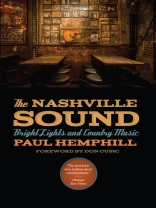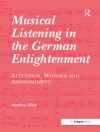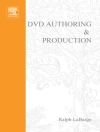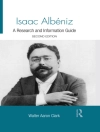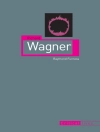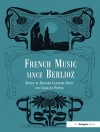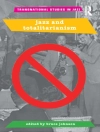While on a Nieman Fellowship at Harvard, journalist and novelist Paul Hemphill wrote of that pivotal moment in the late sixties when traditional defenders of the hillbilly roots of country music were confronted by the new influences and business realities of pop music. The demimonde of the traditional Nashville venues (Tootsie’s Orchid Lounge, Robert’s Western World, and the Ryman Auditorium) and first-wave artists (Roy Acuff, Ernest Tubb, and Lefty Frizzell) are shown coming into first contact, if not conflict, with a new wave of pop-influenced and business savvy country performers (Jeannie C. “Harper Valley PTA” Riley, Johnny Ryles, and Glen Campbell) and rock performers (Bob Dylan, Gram Parsons, the Byrds, and the Grateful Dead) as they took the form well beyond Music City. Originally published in 1970,
The Nashville Sound shows the resulting identity crisis as a fascinating, even poignant, moment in country music and entertainment history.
About the author
DON CUSIC is a historian of country music, the Curb Professor of Music Industry History and a professor of music business at Belmont University. His many books include Saved by Song: A History of Gospel and Christian Music and The Cowboy in Country Music: An Historical Survey with Artist Profiles. He served as a consultant on the Ken Burns documentary on country music and has appeared on numerous documentaries and TV shows. In 2022, Cusic was inducted into the Western Music Association Hall of Fame. He lives in Brentwood, Tennessee.
